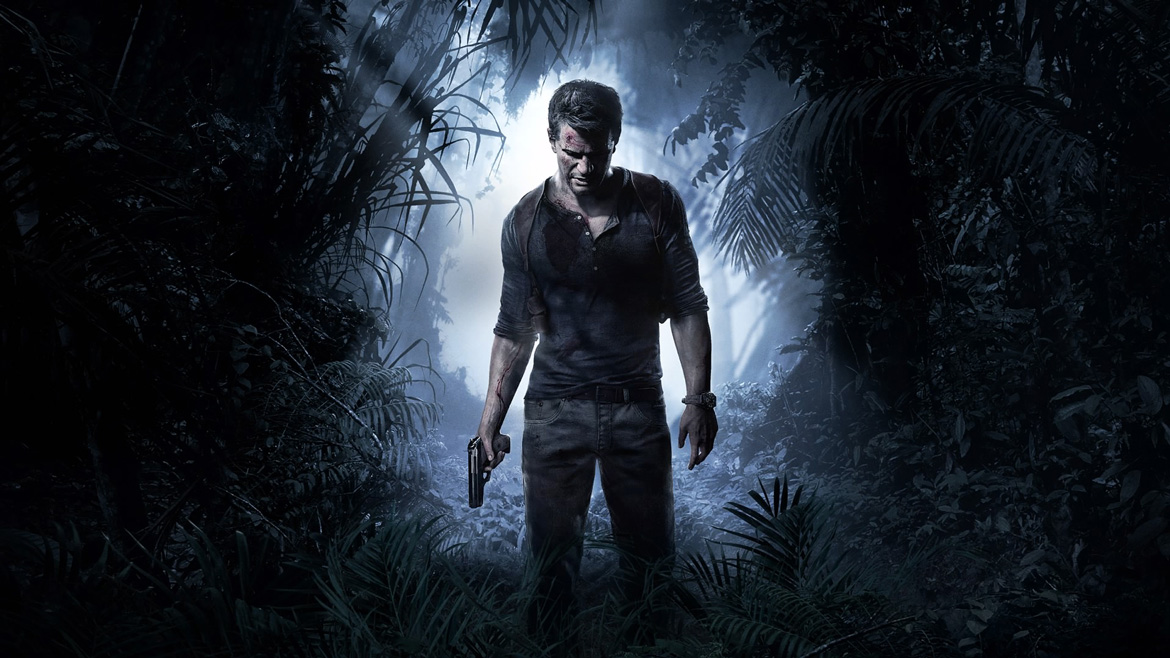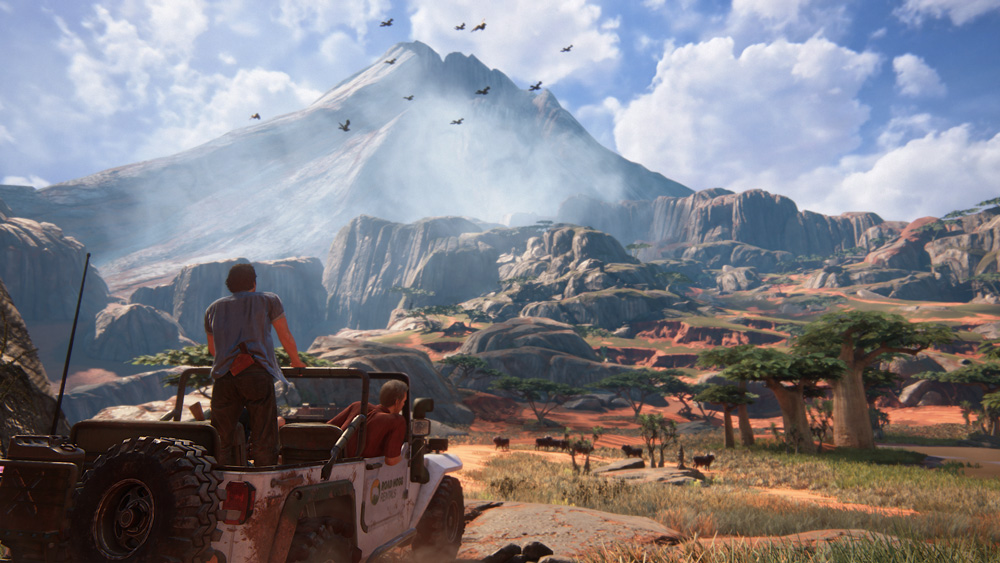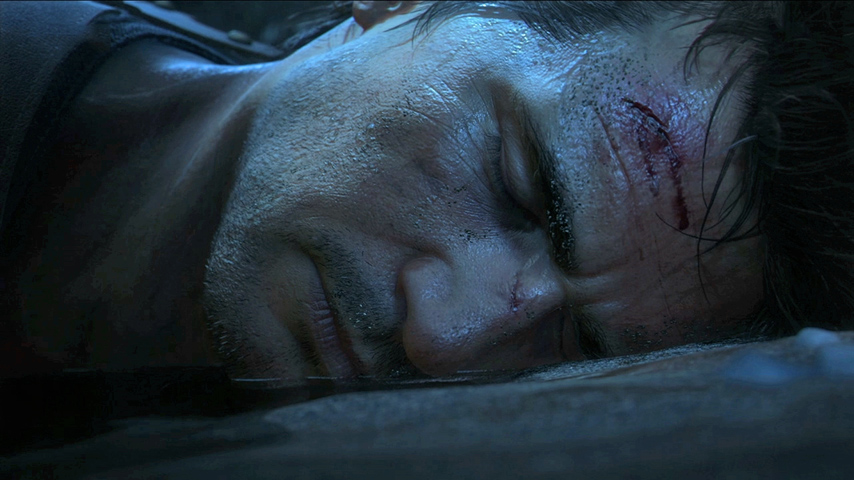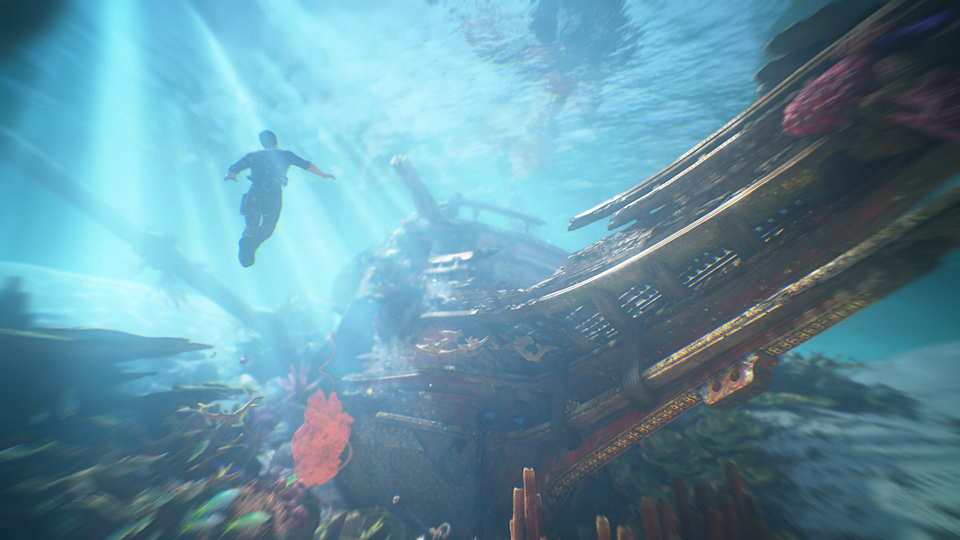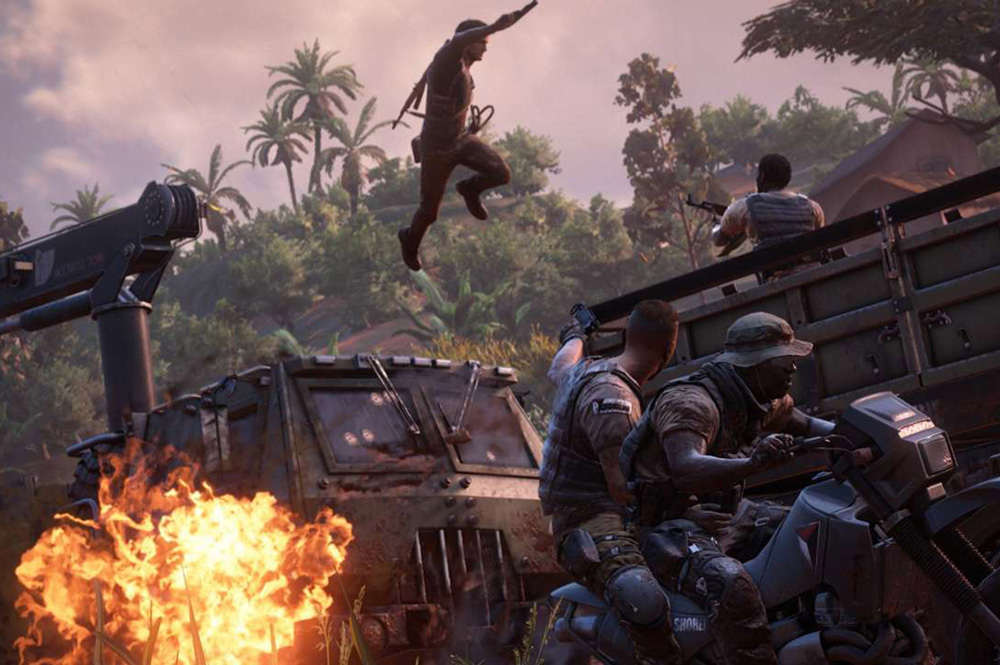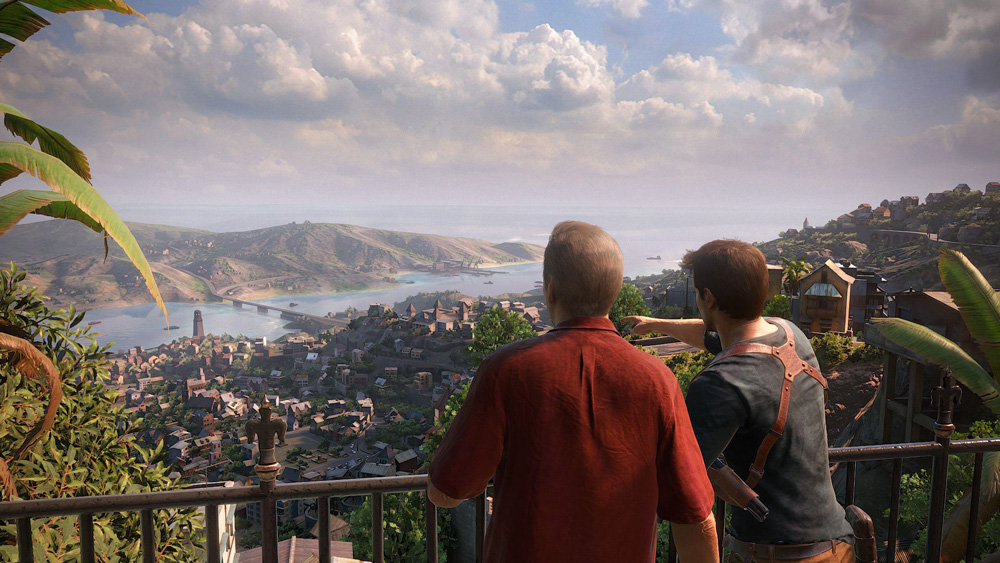TL;DR
Uncharted 4 is a technical marvel, pushing the PS4 to its limits with stunning graphics, detailed characters, and seamless cutscenes that set a new benchmark. While its narrative occasionally gets bogged down by lengthy cinematics and a somewhat anticlimactic ending, the refined gameplay, expansive environments, and new mechanics make Nathan Drake's presumed final adventure a joy to play. The audio design is also top-notch, creating an immersive experience. Although multiplayer has server issues, the single-player campaign is a must-play for PS4 owners. Ready to see if it truly concludes the saga? Dive into the full review to find out!
Naughty Dog “concludes” the Uncharted story as we know it with Uncharted 4, a PlayStation 4 exclusive. The primary question is whether the final product lives up to the visual fidelity promised in the numerous previews.
Naughty Dog’s PlayStation-exclusive game series centered around Nathan Drake and the Uncharted games holds a special place as a favorite. The recent remaster edition, featuring enhanced HD graphics and a 60 fps refresh rate, was exceptional and heightened anticipation for a triumphant conclusion to the narrative, leveraging the full capabilities of the PS4. Developer Naughty Dog has consistently demonstrated mastery of the PlayStation hardware, as evidenced by their work on the PS2’s Jak & Daxter, which employed innovative level streaming, and the PS3’s The Last of Us, which showcased previously untapped power from the console.
Let’s address the central question directly: Uncharted 4: A Thief’s End is a technical tour de force. It not only meets the expectations set by previews but exceeds them considerably. The character models exhibit an extraordinary level of detail, surpassing even the impressive achievements in Beyond. The intricate details in skin textures, advanced lighting effects, environmental textures, and the expansive depth of field, combined with a consistently stable 30 fps frame rate, establish a new benchmark in console graphics and solidify the PS4’s position as a leading platform in terms of technical capabilities. The seamlessly integrated real-time cutscenes further enhance the experience, marking another technical innovation from Naughty Dog. Its graphical fidelity alone could drive significant PS4 sales. The visual excellence of Uncharted 4 necessitates a hands-on experience to be fully appreciated. The audio design is equally impressive, featuring natural and well-delivered dialogue, excellent voice acting (including industry veterans like Nolan North and Troy Baker), a cinematic and dynamic soundtrack, and precise surround sound effects. While the term “interactive film” is often misapplied to games, this title comes closest to realizing that concept, delivering a stylized, interactive action-adventure experience.
This brings us to some critiques of this latest installment. Naughty Dog excels at crafting grand, cinematic narratives, and while film adaptations of Uncharted and Last of Us are unlikely (and arguably undesirable), the cinematic ambition occasionally results in extended cutscenes that, at times, feel slightly drawn out. While these scenes are not inherently negative and contribute to backstory and exposition, their length can detract from the core gameplay experience. Uncharted 4 introduces new mechanics, which will be discussed later, but the storyline follows familiar patterns. Without revealing spoilers, the narrative delves into Nate’s childhood and introduces his previously unknown brother, Samuel Drake. After formative experiences in a children’s home, the brothers become entangled in a quest within an exotic locale, driven by the pursuit of the legendary pirate Henry Avery’s treasure, rumored to be worth $400 million. Intertwined with religious symbolism (which remains largely undeveloped), climbing sequences, and combat encounters, the game ultimately reveals the significance of its subtitle: A Thief’s End.
Those familiar with previous Uncharted titles will find the core gameplay loop instantly recognizable (and newcomers are encouraged to experience them). Nate’s controls have been further refined, incorporating a more realistic sense of weight, enhancing both the character’s believability and ease of control. This technical refinement contributes to a fluid and engaging gaming experience, making Nathan Drake’s presumed final adventure a genuine pleasure. In addition to the impressive graphics, Naughty Dog has capitalized on the PS4’s increased processing power to create larger and more expansive environments. These open areas encourage exploration, making a map function almost a necessity as players are rewarded for venturing beyond the main objective. The introduction of a rope-swinging mechanic (the grappling hook being a prevalent addition to recent games) further expands exploration possibilities and introduces new tactical options in combat scenarios.
Uncharted 4 is designed for exploration and a deliberate pace, with a playtime of approximately 15-20 hours, which is well-suited for this type of game. The game showcases a diverse range of environments, including underwater sequences, and features impressive vistas that rival even Rise of The Tomb Raider. However, the gameplay remains largely consistent with previous entries, featuring familiar climbing, jumping, and shooting sequences. One standout sequence in Madagascar involves a thrilling escape from an approaching army, showcasing adrenaline-pumping action and impressive spectacle. While more moments like this would have been welcome, the game relies heavily on climbing sequences. Furthermore, the ending, while avoiding spoilers, is somewhat disappointing. The dramatic expectations set by A Thief’s End are not fully realized, and while the conclusion hints at the future of the series (suggesting a potential reboot), a more impactful resolution would have been preferred, especially considering the game’s thematic emphasis on religious symbolism. Uncharted 4 faced script challenges and the departure of Amy Henning, a key creative force behind the series. Neil Druckman’s direction is commendable, but the narrative feels somewhat disjointed, lacking the cohesive impact of Uncharted 2, which remains the high point of the series in terms of story and content.
The multiplayer mode warrants mention. Unlocked upon completion of the main campaign, it provides enjoyable gameplay when functional. However, the experience is not as refined as the solo campaign. Despite several updates (version 1.04 at the time of writing), connecting to servers remains problematic, and matchmaking times are excessive. When functioning correctly, the multiplayer mode offers a diverting experience, particularly when played with friends in familiar environments from the game (and the beta, for those who participated). However, improvements are needed to match the quality of multiplayer experiences found in games like Halo 5.
Overall, Naughty Dog deserves recognition for consistently delivering exceptional games. Following The Last of Us, considered by many to be among the best games of all time and a showcase title for the PS3, Uncharted 4 sets a new benchmark for graphical fidelity and challenges other developers to match its level of quality. With the upcoming PS4.5/PS4K/Neo console, the potential for further advancements is substantial, and anticipation is high for Naughty Dog’s future projects (hopefully arriving sooner than 2019). Uncharted 4 is a technically outstanding achievement and a fitting conclusion (or perhaps not?) to Nathan Drake’s Indiana Jones-esque adventures. While not flawless, it remains a highly commendable title that merits experiencing. Sony is to be commended for producing a superb game that will undoubtedly serve as a strong selling point for the PS4, attracting new players to the platform and solidifying its market lead for this console generation.
Thank you, Naughty Dog, Nathan Drake, and Sony, for the Uncharted adventures. We eagerly await the next chapter…
